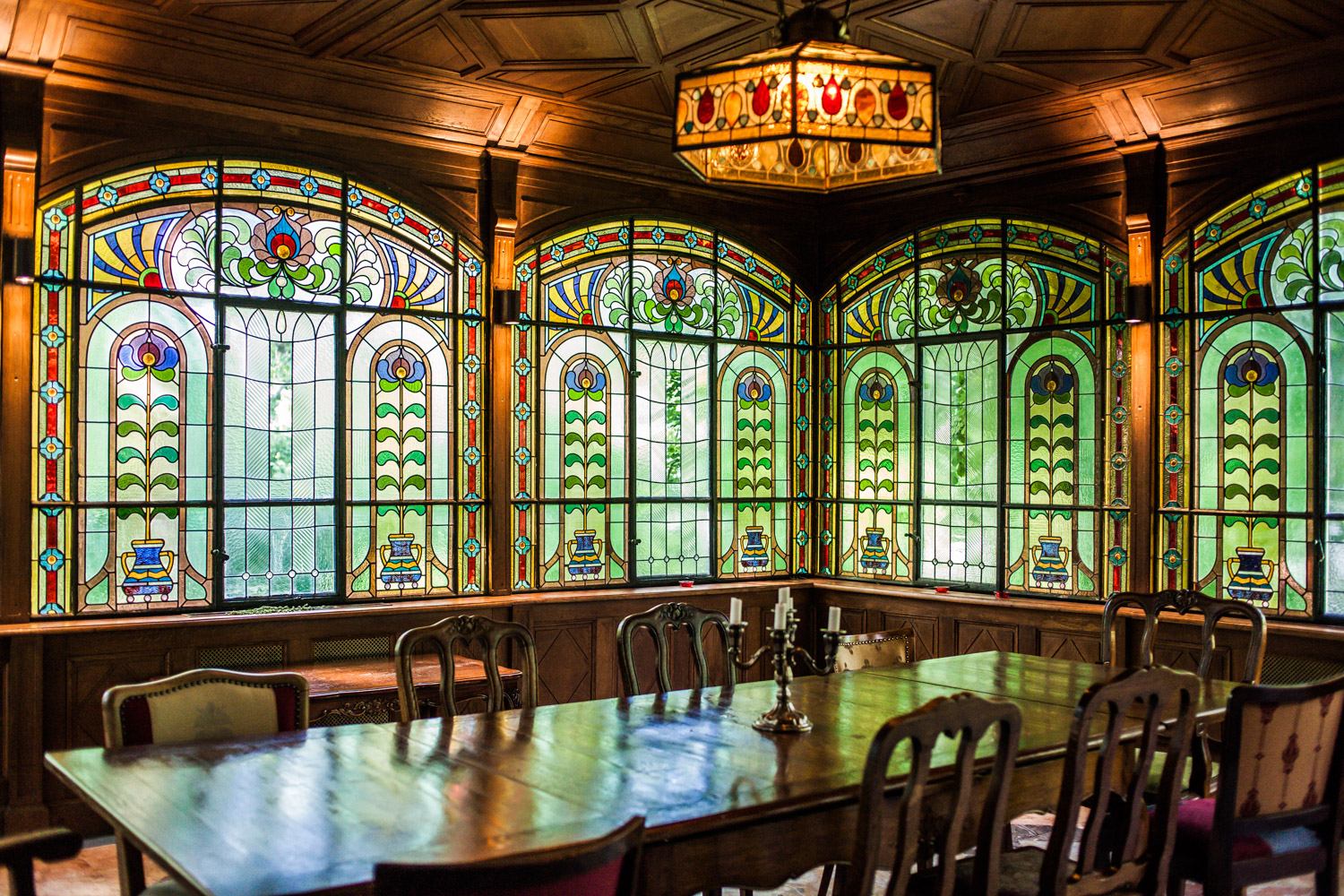25 Margit körút
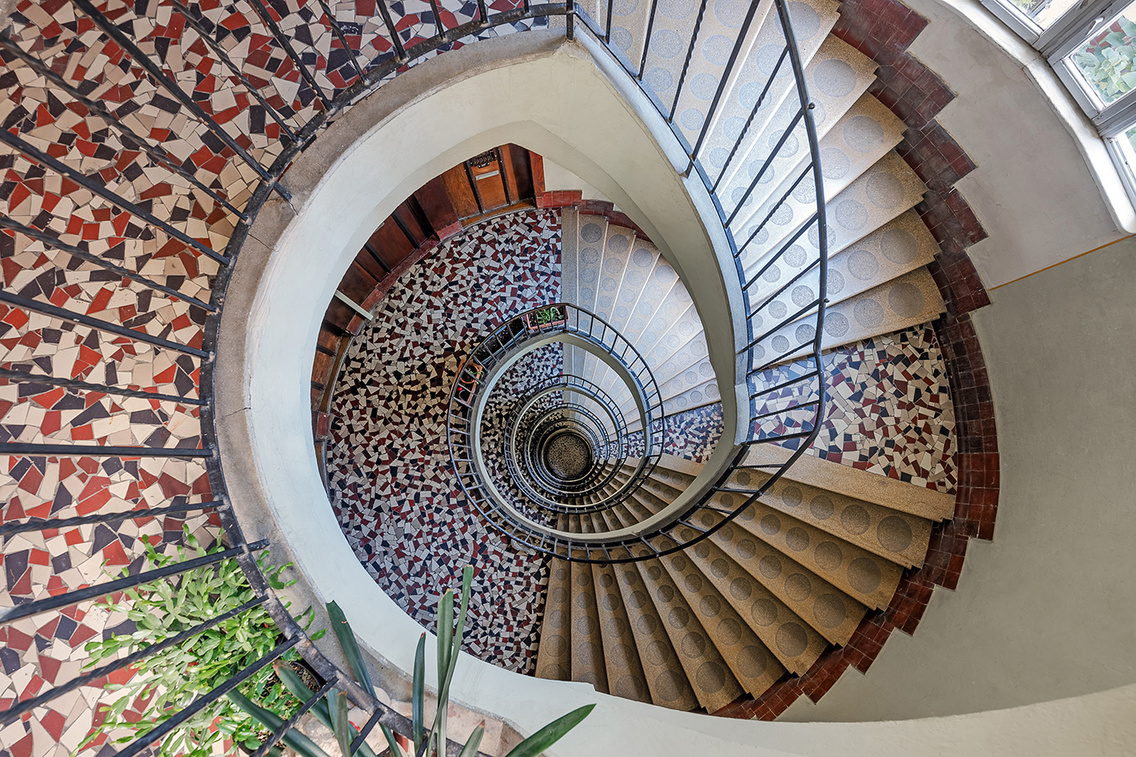
3 Liszt Ferenc tér

Ziggurat
Step inside the Ziggurat, in front of the National Theatre, and you'll be greeted by a truly exciting interior – and, of course, a striking spiral staircase. Few buildings offer the chance to look up and see a starry sky! Even the name has celestial connections, as the Sumerian word 'ziggurat' means 'sacred height'. The space serves as the theatre's gallery, with seven rooms inside, and the spiral doesn't stop there. You can also walk up the exterior spiral path to the top, making it a one-of-a-kind experience.

6 Pipa utca

15 Molnár utca

House of Music Hungary
The House of Music Hungary, unveiled in 2021, is a real standout among Budapest's architecture – not just for its striking design, but because it was crafted by the world-famous Japanese architect, Sou Fujimoto. Its flowing, organic form creates a playful harmony between nature and the imagination, with the perforated roof allowing trees to grow through, and light wells flooding the interior with natural light. A spiral staircase takes you down to the exhibition space, but we suggest looking up as you go – it's reminiscent of the Guggenheim Museum and adds a whole new layer to the experience.

House of the Hungarian Millenium

14 Vas utca

17 Szerb utca

38-40 Pozsonyi út

11 Berzenczey utca

Ludwig Museum
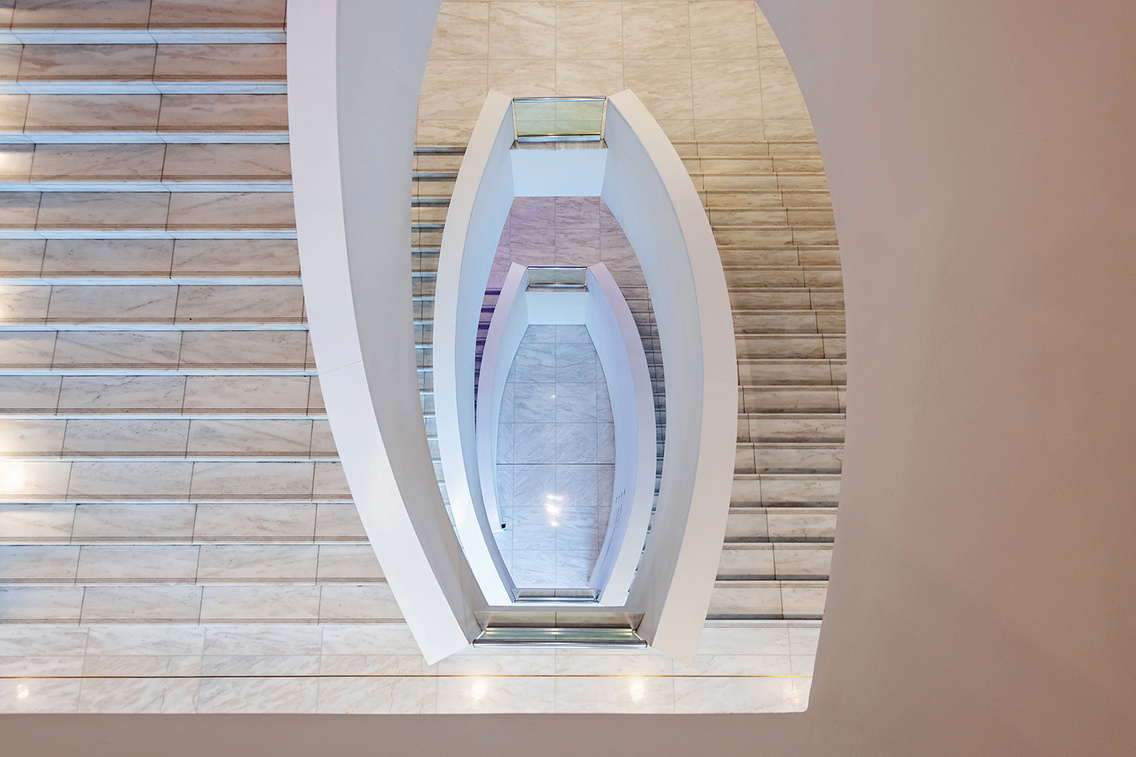
9 Képíró utca
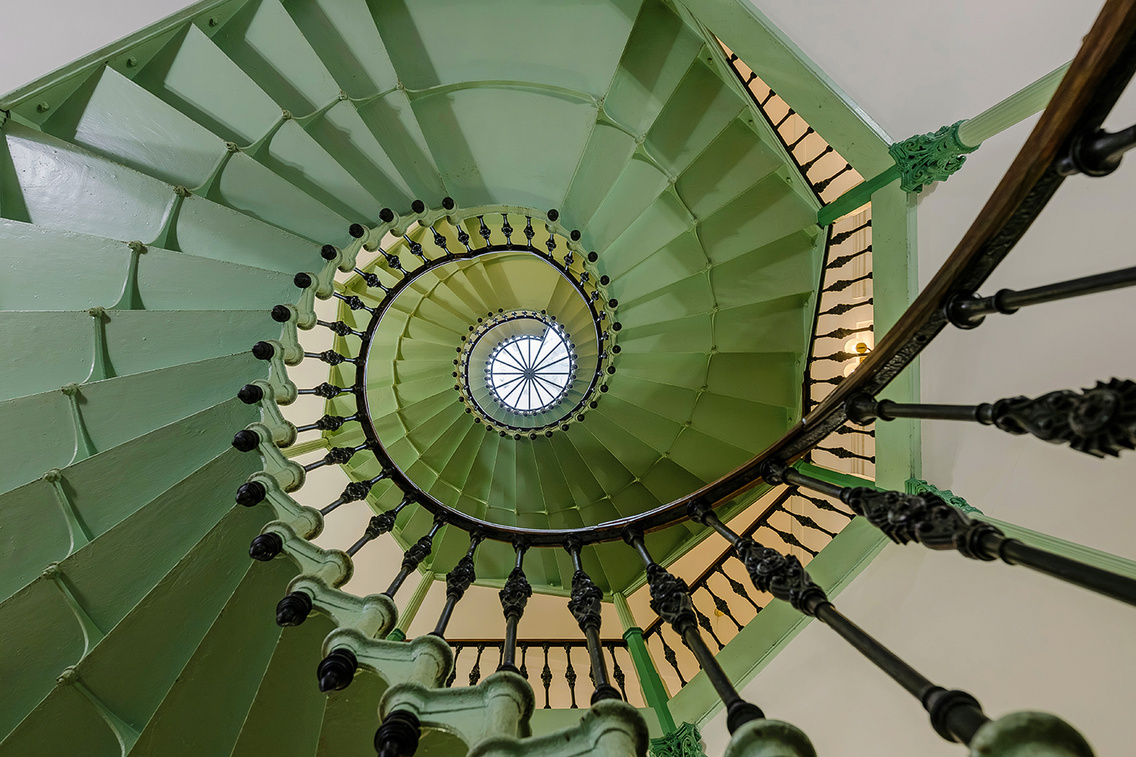
32 Hajós utca
At the end of Hajós utca, stands a stunning Art Nouveau building designed by Béla Málnai. You can't miss it, its vibrant wrought-iron railings and flower-adorned gates and balconies will surely catch your eye. Built in 1903, and also called the Szedő House, the colourful stained-glass windows are the work of none other than Miksa Róth. It was also home to A Ház (The House), a magazine that Málnai himself edited.
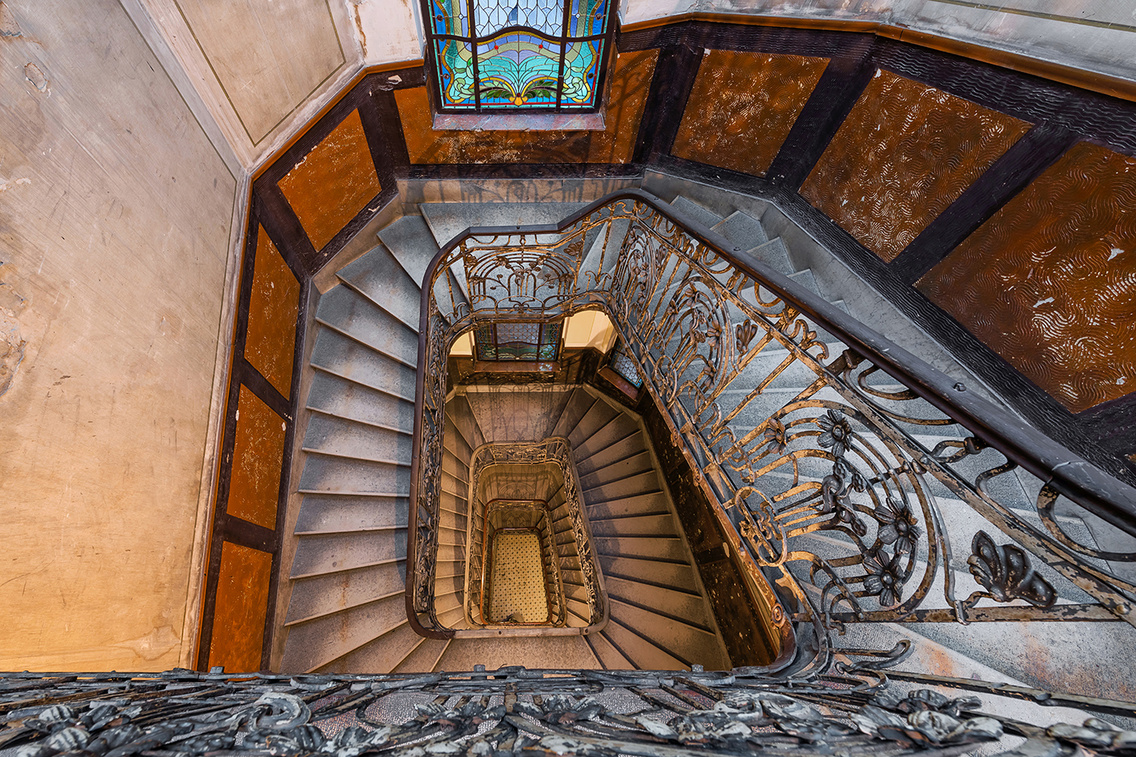
10 Falk Miksa utca

12/B Csalogány utca

Astoria Hotel

3 Apáczai Csere János utca
The Szemerédy House, built in 1811, was one of the buildings along the Danube Promenade that showcased a unified, classicist appearance. Over more than 200 years, it has witnessed just about everything – from the icy flood of 1838 to the 1848-49 revolution and war of independence, through both World Wars, the 1956 revolution, and right up to the present day. One unique feature of the house is the Persephone statue located in the stairwell, created in the early 20th century.

112 Andrássy út (HAB – Hungarian Art and Business)

48 Benczúr utca


